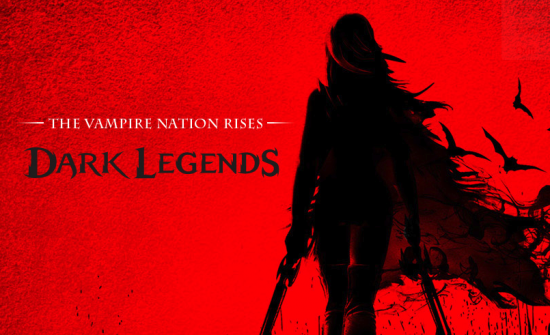Free-to-play is a business model that’s been a complete phenomenon in the gaming realm. To some companies it has become their whole business, like a Bigpoint. Using browser-based games, the company has managed to expand out from a small European company to a worldwide publisher working with licenses like Battlestar Galactica and Game of Thrones.
“The free-to-play (F2P) model works well for Bigpoint because it provides the lowest possible threshold of entry to our games,” details Daniel Norcia, Director of Performance Marketing at Bigpoint. “Since our games are browser-based, they don’t require an additional download; we offer a full-service gaming experience to new users without any upfront costs or commitment to begin playing.”
Part of the benefit of F2P for companies like Bigpoint and Aeria Games is the metrics it delivers — they know who plays what games for how long. “After ten years in the industry, with some of the best people and tools in the business, we’ve also become well familiar with the balancing of F2P games — it’s something that we monitor on a daily basis,” added Norcia. “The model also fits our diverse portfolio as we offer everything from casual, core, and hardcore titles — it’s all free to play online for anyone, anywhere.”

“Free-to-play has worked really well for Aeria Games since day one. That’s been our business model and it’s done extremely well for us, in fact, we’ve gone on record saying we’ve been profitable since the beginning of our formation,” said JT Nguyen, COO of Aeria Games. “I attribute this to our understanding of how to monetize which stems from offering great games and support to our players. This means understanding who our players are and what they want. The mid-to-core players that we target are now playing on multiple devices, and the frictionless adoption that free-to-play facilitates makes it easy to follow players no matter what platform they are on.”
What’s helped the expansion to areas of the world that don’t necessarily have access to traditional AAA gaming. For those people, playing free online games on their PC or smartphone is their only option, and therefore it becomes their primary option.
“It’s how they experience things on the internet or a mobile device,” Playhem co-founder Keith Swan. “You have people who can’t afford a console plus a game. They can play whatever they want to pay with these online games — that’s why free-to-play is becoming so compelling.”
“As we move between PC, browser, and mobile games, a player doesn’t have to worry if he wants to spend more time on the PC or his iPhone, he can find intensely fun experiences through Aeria wherever he wants to live,” noted Nguyen. “One thing we can count on with games is constant change, and free-to-play deals with change very well.”
One thing many don’t understand about the free-to-play model is how 95 percent of players will generally never put a single cent into the game, but it remains profitable. One part of it is above, hitting numerous platforms, but it’s also how those players that pay nothing help fill out an online experience.
“Those people become the content and platform agnosticism is where its at. It’s not about where I’m playing but what I’m playing. That’s been a fundamental tenet,” says SpaceTime CEO Gary Gattis. “Meanwhile, the retail business is struggling to find its footing. We were suppose to see a new console three years ago but mobile and tablets took over now.”

One of the big differences between free-to-play and other, mostly retail titles is the lack of reliance on a “home run.” Generally most games that launch at retail can be predicted as money winners or losers within a week, but for free-to-play it’s a slow burn — it’s well suited for small studios like Cryptic who have slowly built themselves up over time than larger studios that make huge investments for day one in their games.
“Here is the challenge of Free-to-Play — it is a steadily growing business. It’s not the sort of big bang you get from a retail release,” said Star Trek Online executive producer Dan Stahl. “If you’ve built your game for subscriptions with those big expensive attractions, you rely on your ticket prices to cover your capital costs. It isn’t easy to retrofit a subscription game into a retail business if it wasn’t in the business plan to begin with.”
Of course, with all of the MMO games out there that have switched to free-to-play, there are some exceptions. Rift has a limited option to play free, but could generally be considered to be a traditional subscription only game, thriving under that model for Trion.
“We continue to believe that there is room in the MMO marketplace for high-quality, AAA games that can command monthly subscriptions. I don’t think that quality forces us to a subscription model, as there are high-quality free-to-play games coming up. Like . . . End of Nations,” said a laughing Jim Butler Sr. Director of Global Marketing at Trion.

